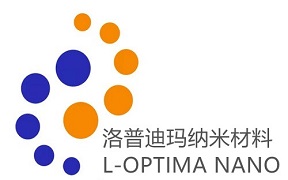Polycaprolactone; PCL; Poly(ε-caprolactone)
CAS NO:24980-41-4
Appearance: White granules or powder
Glass transition temperature ℃: <-60 ℃
Total heavy metals: ≤10ppm
Catalyst residue: ≤100ppm
Monomer residue:≤1%
Solvent residue:≤0.5%
Scorch residue:≤0.5%
Melting point °C: 60-70°C
Loss on drying:<0.5%
Viscosity average molecular weight/million: 1-100
Characteristic viscosity dL/g: 0.3-11
Note: Different molecular weights and viscosities can be produced according to customer requirements.
A kind of polymer degradation material obtained by ring-opening polymerization of caprolactone, with excellent biocompatibility, biodegradability and good plasticity, its degradation in vivo is carried out in two phases: the first phase manifests itself as a continuous decrease in molecular weight without deformation and weight loss; the second phase refers to the fact that after the molecular weight is lowered to a certain value, the material begins to lose its weight and is gradually absorbed and excreted by the muscle body.
Applications:
Polycaprolactone has good biocompatibility, degradability, and plasticity, and is now widely used in the medical field.
First of all, polycaprolactone has the effect of promoting collagen regeneration. In the field of medical aesthetics, PCL is widely used in skin regeneration and repair. It can promote the regeneration and repair process of damaged skin by providing structural support and stimulating the formation of newborn substances.PCL can improve the elasticity and smoothness of the skin, reduce the formation of wrinkles and scars, and restore the skin to a young and healthy state.
Polycaprolactone is used in the preparation of various medical devices and implants, such as surgical sutures, orthopedic splints, radiotherapy plates, resin bandages, dental impressions, artificial joints and cartilage repair materials. Due to its low toxicity and good biocompatibility, PCL can be compatible with human tissues and does not cause significant inflammatory reactions or rejection, so it is widely used as in vivo materials.
In the field of tissue engineering, polycaprolactone is also widely used in the preparation of three-dimensional scaffolds, vascular substitutes and tissue engineered organs. Drugs, growth factors and cells can be loaded into PCL scaffolds through nanotechnology to promote tissue repair, regeneration and regeneration. Polycaprolactone can provide proper physical and structural support, promote cell adhesion and growth, and provide a good matrix for successful tissue engineering.
The degradation rate of polycaprolactones can be modulated by altering the molecular weight and structure, thereby adapting them to different applications. In addition, the properties of polycaprolactone can be further improved by compounding with other materials and surface modification, such as enhancing its mechanical properties and bioactivity, to achieve better clinical results.

